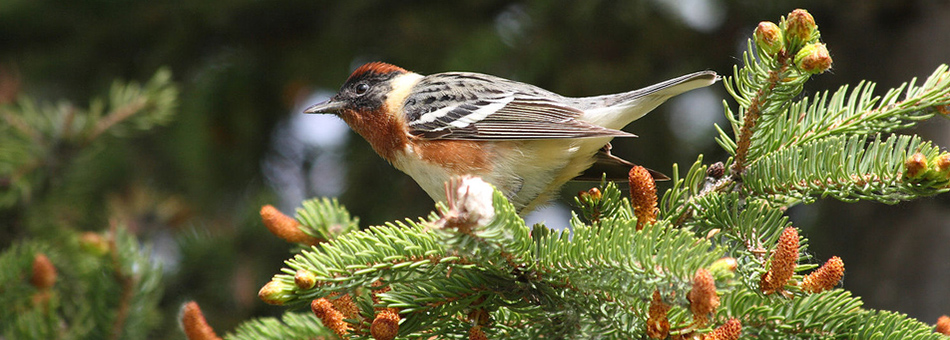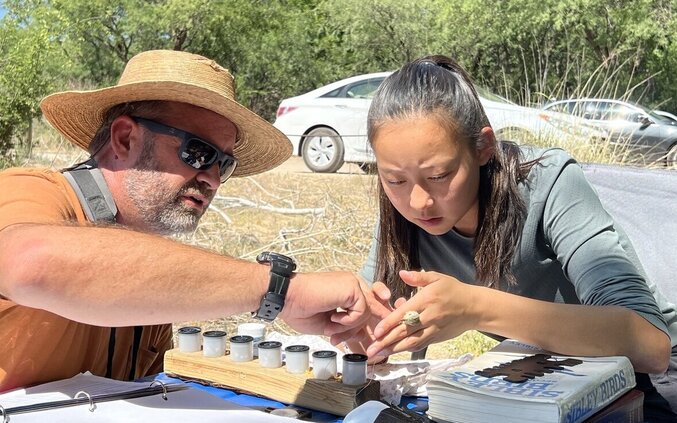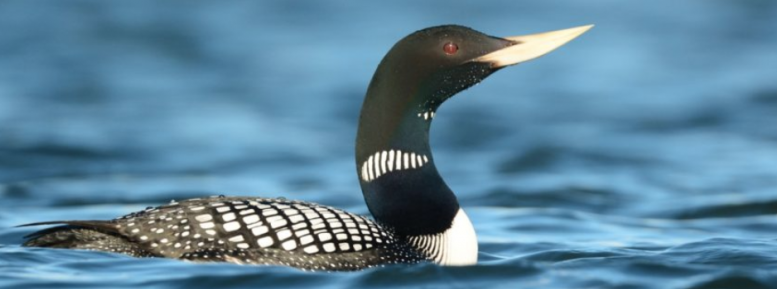Researchers from the University of Maine Department of Wildlife, Fisheries, and Conservation Biology and the USGS Cooperative Wildlife Research Units at the University of Maine and the West Virginia University recently finished the field work on an investigation of bird distributions in the Northern Forest region of Maine, New Hampshire, and Vermont. The Northeast Region of the US Fish & Wildlife Service initiated this study,and staff from the Division of Migratory Birds, Atlantic Coast Joint Venture, and National Wildlife Refuge (NWR) System have supported and advised the research team since they began in 2012.
This project is focused on birds using “industrial spruce-fir” forests as this conifer forest type–once the most widespread habitat in Maine–has experienced major changes in abundance, age, and structure due to more than a century of timber harvesting across Northern New England. For the last three summers, bird survey crews covered much of the northern forest, with study sites in Downeast and northern Maine, and northern portions of New Hampshire and Vermont. This project should help the bird conservation community identify which forest conditions are most important for a suite of high-priority bird species, and understand how well different types of managed forests provide those habitats.
Many boreal bird species have declined in this region, such as the Olive-sided Flycatcher, Canada Warbler, and Bay-breasted Warbler. Though Canada provides the vast majority of habitat for most boreal bird populations, this species suite occurs across millions of acres of forests in the US as well. Forests in Maine now support 95% of the US population of Bay-breasted Warbler, which was a focus of this research project. Brian Rolek, the Ph.D. student who carried out this project, will be analyzing data over the next year, and as his results come out we can start to use them to inform management on NWR and other public lands, and to develop outreach to the timber industry.






